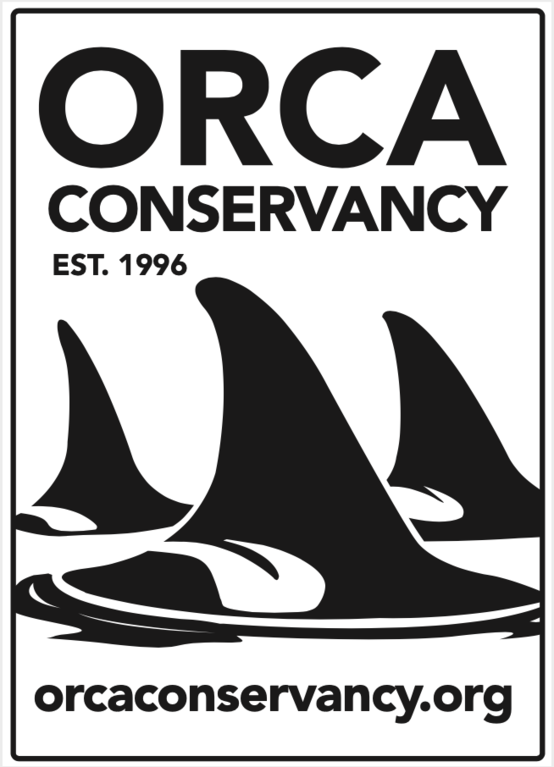ACTION ALERT: Tell the Biden Administration to Breach the Lower 4 Snake River Dams
From July 3, 2023, to August 31, 2023, the Council on Environmental Quality (CEQ) is requesting information and public feedback on Columbia River salmon and other native fish. The CEQ is within the Executive Office of the President and coordinates the federal government’s efforts to protect the environment and America’s public health.
Submit a public comment and tell the Biden Administration to breach the lower 4 snake river dams to protect the critically endangered Southern Resident killer whales and the wild salmon on which they depend
How and Where to Submit a Comment:
The public comment period is open through August 31, 2023. Comments can be submitted through the online form on the Federal Register website.
Tips for how to submit a public comment:
Be respectful and polite in your comments.
Get personal, share your experiences, and why you care. Personal messages carry more sentiment and weight which are more meaningful and can have a bigger impact on policymakers.
Avoid pre-written copy-and-paste templates. New practices have passed that make it so pre-written templates only get counted once. Meaning if multiple people submit the same exact comment, it will only be recorded once. Make it personal and unique to make sure it is counted.
Cite relevant data that supports your comment
Suggested talking points:
Breaching or removing the dams offers the best opportunity to recover Snake River salmon that orcas and hundreds of other species depend on.
Breaching or removing dams will reduce hundreds of millions of dollars annually in fish recovery efforts in the Snake River Basin, which can help to offset the cost of removal
Restoring salmon fisheries in the Columbia Basin will generate jobs and benefit the local economy
There are alternatives to the current benefits of transport, and agriculture offered by the LSRDs.
The economic impacts of removing the dams outweigh the long-term cost of maintaining them
The dams make rivers too hot, which contributes to the ongoing threat of climate change which can and will have long-term effects on the ecosystem and communities that depend on these ecosystems
Alternative clean energy sources such as new wind, solar, battery storage, smart grid technologies and more can help provide the energetic needs of the Pacific Northwest as well as create new jobs
Restoring free-flowing rivers will replenish vital ecosystems and support biodiversity
Restoring the river to aid in salmon recovery will help meet federal responsibilities to treaty tribes that forfeited their lands to the U.S. government in exchange that they would be guaranteed access to fish in their traditional territories.
The critically endangered killer whales will go extinct if bold action is not taken to restore salmon and their critical habitat.
How will Breaching the Dams Help Whales?
The critically endangered Southern Resident killer whales (SRKWs) depend on chinook salmon, also known as king salmon, which makes up roughly 80% of their diet.
The Snake/Columbia Basin is one of the largest salmon-producing river systems, producing an estimated 50% of the SRKW diet. The dams block juvenile salmon from migrating out to the ocean, and also adult salmon from migrating back to their spawning grounds in the Snake River.
Since the erection of the dams, the salmon and steelhead populations have declined by more than 90%. Breaching the dams is a top priority for rebuilding the chinook salmon population and offers the best opportunity to recover wild salmon in the Snake River, which makes up a large percentage of the SRKW diet.
How will it benefit the community dependent on the dams?
The biggest concerns for the removal of the LSRDs are the loss of one of the largest sources of renewable energy in the Pacific Northwest, the financial cost of removing and replacing infrastructures, as well as the loss to the community members and farmers who depend on the dams. These issues need to be addressed in order to breach or remove the dams to ensure that vital agriculture and transport are supported, as well as the local communities.
A 2019 study conducted by ECONorthwest found that the benefits of breaching the LSRDs outweigh the cost of maintaining them. The study revealed that in addition to rising energy costs the dams are also at risk of creating more carbon pollution and found that the amount the federal government spends on subsidizing the lock system to allow barging far exceeds the public usage. ECONorthwest calculated the net benefit of breaching the dams at more than $8 billion between 2025 to 2045.
By removing dams and restoring free-flowing rivers, there will be multiple long-term benefits for local communities. Free-flowing rivers provide more access to natural features such as floodplains, wetlands, side channels, and marshes. This ultimately can help improve water quality, support biodiversity, enhance critical habitats for fish and wildlife, create or enhance recreational activities, recharge important aquifers, and in some cases reduce flood risks for local communities. Additionally, according to the draft report, restoring salmon fisheries in the Columbia Basin would generate up to 25,000 new jobs and add $1 billion a year to the economy.



